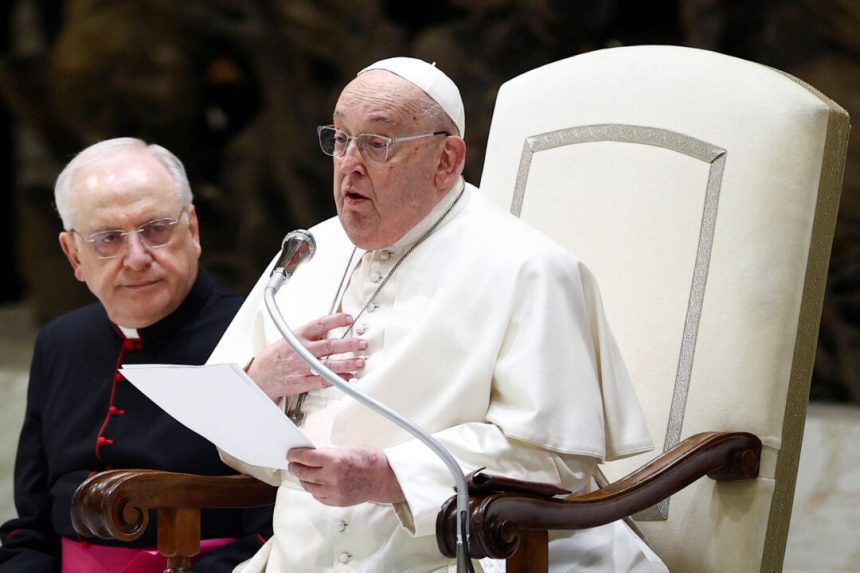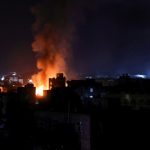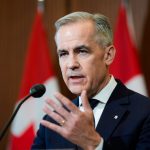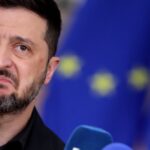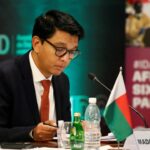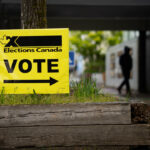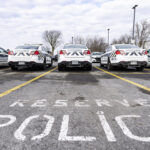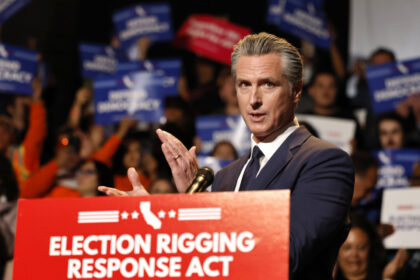From all over the world, 135 cardinals will gather to decide the next pope. The entire process could take around four weeks.
Black smoke was sent atop Vatican City. His Holiness, Pope Francis I, is dead, and the necessary procedures to lay him to rest and appoint his successor are underway.
Kevin Farrell, the cardinal camerlengo, the pope’s chief of staff, is now tasked with leading the transition.
First, Pope Francis’s funeral arrangements will commence, the pope’s apartments will be sealed, and his signet ring bearing the seal of his reign will be destroyed. Second, a multi-day funeral procession will take place at the Vatican, attended by clerical and lay people from all over the world. Third, the College of Cardinals will convene for the Conclave and elect the next pope.
The entire process could take around four weeks.
Pope Francis’s Cause of Death
The Vatican did not release the immediate cause of the pope’s death. However, he died just a few weeks after enduring 38 days hospitalized for double pneumonia, including time on a respirator.
His condition upon his release was considered stable and improving, but frail. The Holy See press office refrained from confirming his participation in any Holy Week and Easter celebrations.
According to the Holy See press office, Cardinal Farrell will preside over the rite of the certification of death and the laying of the pope’s body in the coffin, under the provisions of the Ordo Exsequiarum Romani Pontificis, the Rite of Burial for Roman Pontiffs, in the Chapel of the Domus Sanctae Marthae at 8 p.m. local time on April 21.
Pope Francis’s family members will participate along with the most eminent dean of the College of Cardinals, the Vatican’s director of the Directorate of Health and Hygiene, and his vice director.
No other funeral event dates and times have been posted by the Holy See at the time of this article’s publication.
Pope Francis’s Funeral
In 2024, Pope Francis made changes to the burial rite, one of which was moving the declaration of death into the chapel, and his body was immediately placed there in the coffin rather than in the room where he died.
Other changes included stripping away most of the pomp and circumstance presented in the funerals of Pope St. John Paul II and Pope Benedict XVI, such as having multiple coffins and being raised on a pedestal. Francis’s body and coffin of wood and zinc will be processed and placed in St. Peter’s Basilica for a public viewing period decided by the carmelengo. He will be buried in the Basilica of St. Mary Major rather than St. Peter’s Basilica.
Archbishop Diego Ravelli, master of pontifical liturgical celebrations, said that the changes are in line with the pope’s desire to simplify certain celebration rites so that they remain focused on Jesus Christ rather than the pope.
“The renewed rite also needed to emphasise even more that the funeral of the Roman Pontiff is that of a pastor and disciple of Christ and not of a powerful person of this world,” he said.
This more humble conclusion bookends the late pope’s introduction to the Catholic world, appearing on the night of his election in the simple white daily dress rather than the more opulent appearances of the past, which included a papal crown and royal-like vestments.
The funeral is supposed to take place within four to six days of the pope’s death. At the end of his funeral, a nine-day mourning period will be declared.
Conclave: What to Know
Upon conclusion of those nine days, the cardinal camerlengo will convene the College of Cardinals in the Sistine Chapel for conclave.
Typically, this means beginning 15 to 20 days after the pope’s death.
The College of Cardinals has been exclusively tasked with electing the next pope since 1059, and was constituted in its current form in 1150.
The College consists of all current cardinals, but only those under the age of 80 are allowed to vote, and no cardinal older than 80 can be considered for the pope. While any Catholic man can technically be elected pope, the college has not elected a non-cardinal in more than 500 years.
As of Saturday, 135 cardinal electors are spread out across the world, including 10 from the United States. Those 10 include the cardinal camerlengo, as well as Cardinal Timothy Dolan, who is metropolitan archbishop of New York, and Cardinal Raymond Burke, former archbishop of St. Louis and current patron emeritus of the Sovereign Military Hospitaller Order of St. John of Jerusalem of Rhodes and of Malta, commonly known as the Knights of Malta.
The cardinals will be sworn to secrecy and secluded from the world within the Vatican, housed at the Casa Santa Marta building built by Pope St. John Paul II, to pray and discuss who should be the next pope without distractions from the outside world.
Only select people, such as the cardinals’ secretaries, doctors, and masters of ceremonies, are allowed to enter.
One vote is cast on the first day, and four votes are cast each subsequent day.
Mandatory fasting measures can be imposed if the voting takes too long.
A minimum two-thirds majority vote is needed to elect the new pope. After each vote, the ballots are burned to send a smoke signal to those waiting in St. Peter’s Square and around the world.
Black smoke means they did not reach a consensus. White smoke announces that the cardinals have picked the next pope.
The electee is then asked if he wishes to take the position. Once he accepts and chooses his papal name, the cardinal deacon will appear before the tens of thousands gathered in the square and declare, “Habemus Papam” (we have a pope).
This will be the third time that Catholic Church leaders have come together in this century, starting with the election of Pope Benedict XVI, formerly Cardinal Joseph Ratzinger, in 2005, after the passing of Pope Saint John Paul II. The College of Cardinals convened a second time, in 2013, to elect Pope Francis after Benedict abdicated, citing health concerns.
No American cardinal has ever been elected pope. Pope Francis, a native of Argentina, was the first pope to come from the Western Hemisphere.

